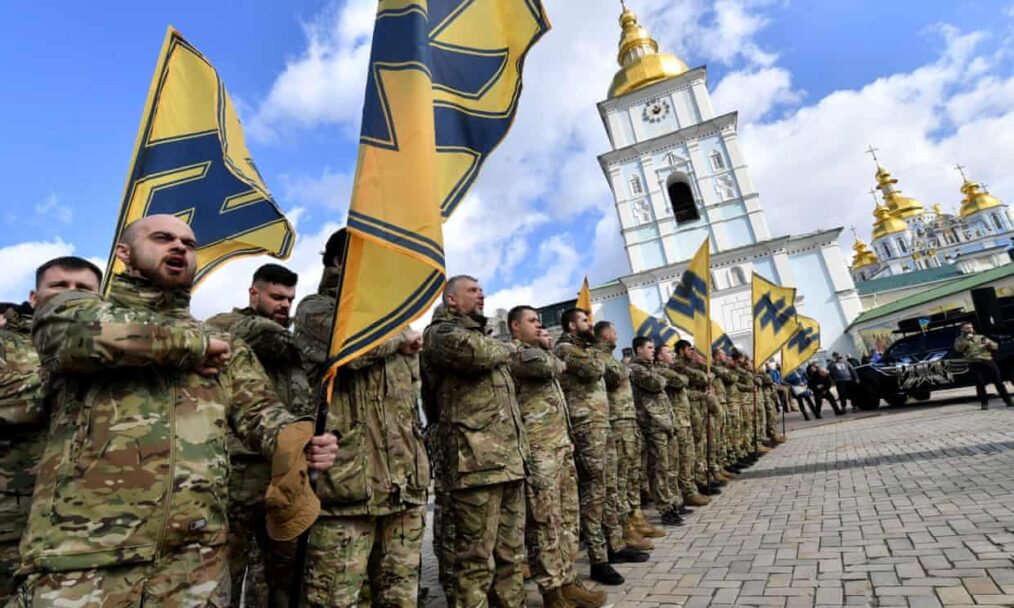The scenes from recent Taliban military successes in Afghanistan were positively received among members of Pakistan’s security establishment. While denying it publicly, these Pakistani hardliners have funneled support to the Taliban for decades. If the current trajectory of the conflict continues, they will get what they wished for: a Taliban takeover of Afghanistan. A Taliban triumph, however, will provide a merely pyrrhic victory for Pakistan, a victory that it will come to regret.
Pakistan’s Support for the Taliban
Since the Taliban’s emergence almost three decades ago, Pakistan has continuously provided a safe haven and financial and military assistance to the Taliban. Following the U.S. invasion in 2001, Pakistan became a safe haven for Al-Qaeda’s leadership as well. There are a couple of reasons why Pakistan continues its support for the Taliban.
First, Pakistan’s security apparatus believes that the Taliban gives it strategic depth, securing the Afghan frontier and permitting the concentration of Pakistani forces on the Indian frontier. The Taliban is the only ally of Pakistan among Afghanistan’s political actors. Pakistan believes that maintaining positive relations with the organization will prevent Afghanistan from becoming a safe haven for anti-Pakistan militants and outside powers.
Second, Pakistan fears that targeting Afghan militant groups will invite retaliation against Pakistani targets. While Pakistan sponsors these groups, it lacks full control of them. Nevertheless, it continues to argue to the contrary, believing that this strengthens its position in international bargaining.
Third, Pakistan fears a strong and independent Afghanistan that is aligned and supported by India. Such an Afghan-Indian alliance, Pakistan believes, will encircle Pakistan. The 2011 Afghanistan-Indian strategic partnership agreement and the recent call by Ambassador Mamundzay, the top Afghan diplomat in Delhi, for India to play a bigger role in Afghanistan, increases Pakistan’s paranoia regarding Indian engagement in Afghanistan.
What Can Go Wrong for Islamabad?
Internationally, the Taliban takeover will affect Pakistan’s strategic depth and its diplomatic relations with its neighbors.
First, as mentioned earlier, Pakistan sees the Taliban in Afghanistan as its strategic depth in its confrontation with India. The Taliban, however, has its own interests. The Taliban would probably intensify its diplomatic campaign to gain international legitimacy. India has already established a new direct line to the Taliban and an Indian delegation has met Taliban officials last month in Doha. Normalization between the Taliban and India will undermine Pakistan’s conception of its strategic depth.
Second, Pakistan should expect increasing pressure from its Islamic neighbors Iran, Tajikistan, Uzbekistan, and Turkmenistan. These countries have accused Pakistan of supporting the Taliban in the past, and with the intensification of fighting between the Taliban and Tajik, Uzbek and Turkmen warlords, this pressure is sure to increase.
Third, with diminishing influence over the Taliban and increasing international demand to rein in and influence the Taliban, Pakistan will find itself in a diplomatic nightmare. A victorious Taliban is less likely to defer to Islamabad in its moment of victory. At the same time, the international community will increasingly defer to Pakistan to act and impose its influence over the Taliban. The failure of Pakistan to influence the Taliban will inflict a blow on its international bargaining power.
Domestically, the Taliban takeover will create economic and security challenges for Pakistan. First, escalation of the war and a Taliban takeover will propel a massive flood of refugees into Pakistan. These refugees would join the 3 million people already seeking refuge in Pakistan. As Pakistan has its hands full, these new refugees will further exacerbate its economic situation.
Second, a Taliban win will embolden the jihadists’ anti-government factions in Pakistan. In the past, the Taliban has already inspired extremist movements in Pakistan. The Pakistani Taliban have launched attacks against Pakistani targets, horrifically killing 132 kids in an army school in Peshawar in 2014 in one such attack. Taliban success in neighboring Afghanistan will lead to the import of sectarian violence from Afghanistan into Pakistan.
Conclusions
While the Pakistani military establishment is cheerful about the recent Taliban successes, Pakistan might face an international and domestic blowback if the Taliban will take over Afghanistan. It might be in Pakistan’s best interest to confidentially ask the U.S. to intensify its air support to Afghan government forces operations to prevent the Taliban from taking over.







